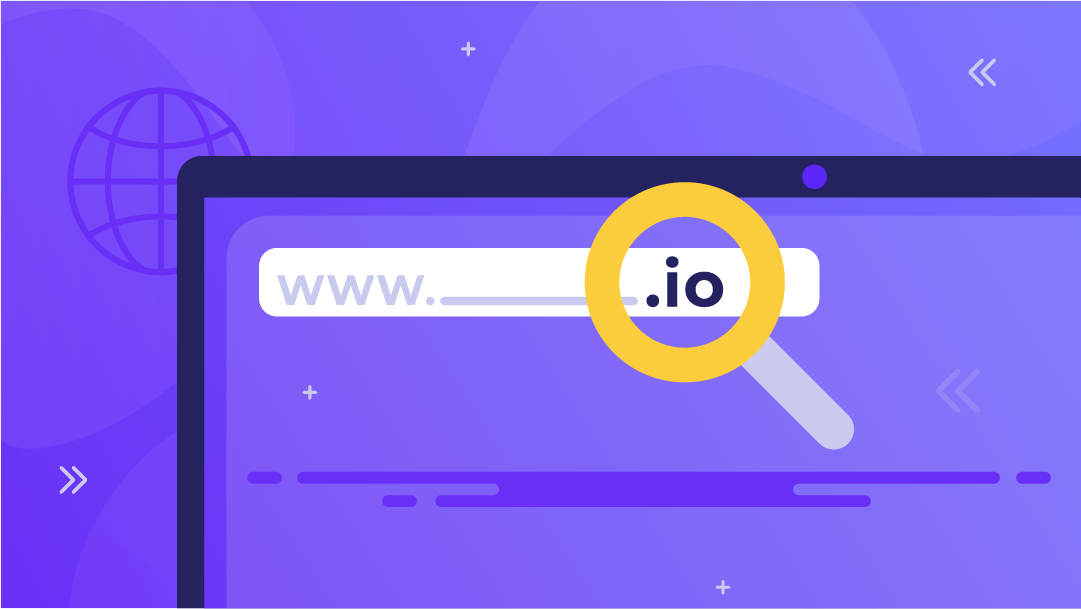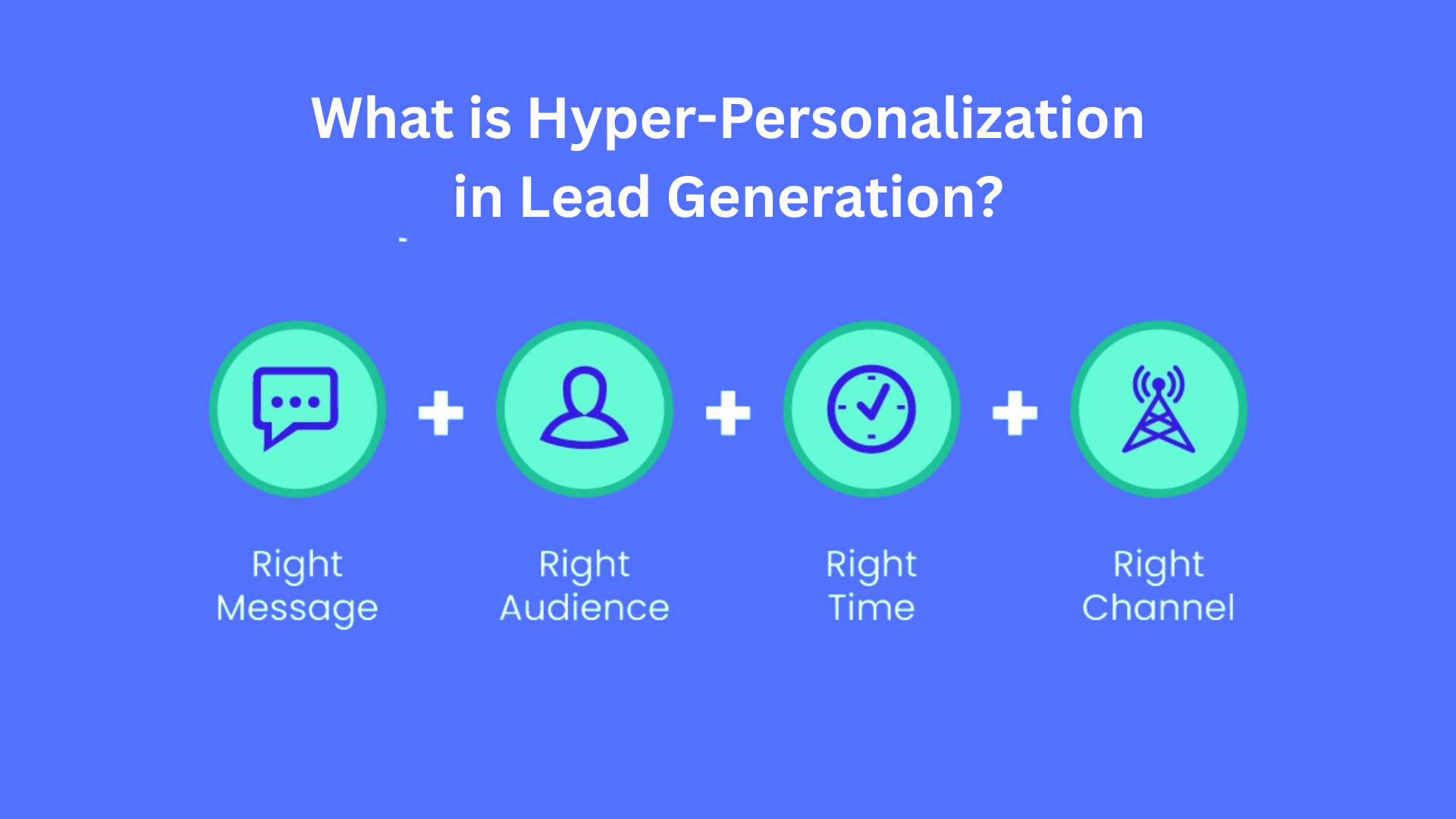.io Domains: Your Complete Security Guide
You've probably seen them everywhere – those slick tech startups rocking .io domains like they're some kind of digital badge of honor. And honestly? They kind of are. But here's what most people don't talk about: how to secure these domains properly.

Why .io Domains Are Taking Over Tech
The numbers don't lie. .io domain registrations exploded from 660,000 in 2021 to over 1.6 million by 2025 – that's serious growth. Tech companies love them because "I/O" screams input/output, which is basically computer speak for "we know what we're doing."
Companies like GitHub, CodePen, and Sentry didn't just stumble into their .io addresses. They picked them because these domains project that modern, tech-savvy vibe that makes investors and customers take notice. Plus, with 58% of active .io domains owned in the US, you're in good company.
The Security Foundation: SSL and Beyond
Here's where things get real – having a cool domain means nothing if it's not secure. Your .io domain needs proper SSL/TLS certificates from day one. This isn't just about that little padlock icon; it's about encrypting data between your users and your servers.
Most hosting providers offer free SSL certificates through Let's Encrypt, but for business-critical applications, consider premium certificates with extended validation. They cost more, but they show that green bar in browsers that screams "we're legit."
DNS Security: Your First Line of Defense
DNS is where most domain attacks happen, and .io domains face the same risks as any other TLD. Here's your security checklist:
DNS over HTTPS (DoH): This encrypts your DNS queries, stopping attackers from seeing which sites your users visit or redirecting them to malicious servers.
DNS Filtering: Set up filtering to block known malicious domains. Services like Cloudflare or Quad9 offer this for free.
Monitor DNS Changes: Set up alerts for any unauthorized changes to your DNS records. If hackers gain access to your DNS, they can redirect your entire domain to their servers.
DNSSEC: The Advanced Protection You Need
DNSSEC (DNS Security Extensions) is like a digital signature for your DNS records. It proves that the DNS responses your users get actually came from your authoritative DNS server, not some attacker's fake one.
Many .io domain owners skip DNSSEC because it seems complex, but it's worth the effort. Your domain registrar should support DNSSEC – if they don't, that's a red flag.
Setting up DNSSEC involves generating cryptographic keys and publishing DS records with your registrar. The process varies by provider, but most modern DNS services walk you through it.
The .io Domain Risks You Should Know
Let's address the elephant in the room: the UK announced plans to transfer control of .io domains to Mauritius. This created panic, but experts suggest any changes would involve long transition periods.
Still, smart businesses are preparing. Register backup domains (.com, .app, .dev) and have migration plans ready. Don't let geopolitical uncertainty catch you off guard.
Registry Lock: Your Domain's Bodyguard
Registry lock is like hiring a bouncer for your domain. It prevents unauthorized transfers or changes to critical DNS records. Most registrars offer this service for business customers, and it's absolutely worth the extra cost for valuable domains.
With registry lock enabled, even if someone compromises your registrar account, they can't transfer your domain or point it somewhere else without going through additional verification steps.
Monitoring and Incident Response
Set up monitoring for:
- Certificate expiration dates
- DNS record changes
- Unusual traffic patterns
- Failed login attempts to your domain management accounts
Use tools like StatusCake or Pingdom to monitor your domain's availability. If your site goes down, you want to know immediately, not when angry customers start tweeting at you.
Choosing the Right Registrar for .io Domains
When it comes to domain security, most people focus on DNS settings, SSL certificates, and monitoring tools. But here’s something often overlooked: your registrar is the gatekeeper to your entire domain. If someone gains access to your registrar account—or if the registrar itself lacks proper security features—your domain is vulnerable, no matter how well your infrastructure is set up.
With .io domains becoming a favorite among tech companies and startups, choosing a secure, reliable registrar isn’t optional—it’s mission-critical.
Key Security Features to Look For:
If you're registering or managing a .io domain, your registrar should offer more than just a basic control panel. Look for these must-have security features:
- Two-Factor Authentication (2FA): This is the bare minimum. 2FA helps prevent unauthorized access to your domain account, even if your password is compromised.
- DNSSEC Support: Your registrar must support DNSSEC so you can enable cryptographic protection on your DNS records. Without this, you’re exposed to DNS spoofing and cache poisoning.
- Registry Lock: This is a high-security feature that prevents domain transfers or DNS changes unless a manual, multi-step verification process is completed—perfect for high-value .io domains.
- Change Alerts and Logs: You should be instantly notified of any changes to DNS records, WHOIS data, or account credentials. Bonus points if the registrar offers an audit trail or activity log.
- 24/7 Human Support: If your domain is under attack or accidentally misconfigured, minutes matter. Look for registrars with around-the-clock support and a clear domain recovery process.
Top Registrar Picks for .io Domains
Here are some registrars trusted by tech teams and startups that prioritize both usability and security for .io domains:
- Cloudflare Registrar – A top choice for developers and security-conscious brands. Offers DNSSEC by default, no markups on domain pricing, and seamless integration with Cloudflare DNS.
- Namecheap – A balance between affordability and functionality. Includes 2FA, DNSSEC, WHOIS privacy, and straightforward DNS management.
- Porkbun – Known for its clean UI, free WHOIS privacy, and strong DNS tools. Supports DNSSEC and offers good support for .io domains.
- Gandi.net – Privacy-forward and security-focused, Gandi provides registry lock and DNSSEC support, plus a transparent no-nonsense pricing model.
Red Flags to Watch Out For
If your registrar lacks the following, it's time to reconsider:
- No DNSSEC or registry lock support – This limits your ability to secure your DNS from tampering.
- No 2FA login options – A huge security hole that leaves you open to account hijacking.
- Lack of transparency or poor support – If support is slow, unresponsive, or vague, that’s a serious liability.
- Aggressive upselling or bundled add-ons – Watch out for registrars that push unnecessary extras while skipping essential security features.
Your .io Domain Security Action Plan
.io domains aren't just a trend – they're projected to remain popular in the tech space as the market matures. But popularity brings attention from bad actors too.
Your security strategy should include proper SSL implementation, robust DNS protection with DNSSEC, registry lock for high-value domains, and constant monitoring. Yes, .io domains cost more than traditional extensions – typically $30-60 per year – but if you're building a tech business, the branding benefits often justify the investment.
The key is treating domain security as seriously as you treat your code security. Your domain is your digital front door – make sure it's properly locked.






